My life is currently a honey-covered disaster.
That’s not even a metaphor, I mean my life is literally covered in honey. Every surface in the kitchen, all of my pots and baking sheets, my computer, the cat, my hair… All honeyed. My iPhone case is a dead loss at this point (jury is still out on the actual phone.)
But, I mean, you guys have seen what happens to me when I paint…
So this should surprise no one.
You also know that I live for making messes, so I’m having a ton of fun with this…
Here’s how the honey gets from hive to jar. First, I pulled 20 “frames” of honey out of the hives. A capped frame (full of honey) looks like this…
(Horrible lighting, blah blah… the weather wasn’t great for this over the weekend so I ended up doing a lot at night. Still, you get the idea.)
The basic idea is to “uncap” the honey comb then put it in an extractor that spins the frames to get the honey out. Most beekeepers recommend a heated uncapping knife or plane (which I’ll definitely be investing in next year) but since this was my first year and I had a relatively small harvest, I spent $10 on some Miracle Blades (which are essentially just really thin knives) and then I rigged up this system with boiling water to keep the knives hot while I worked, switching them out periodically.
And here’s what it looks like when you’ve (mostly) uncapped a frame…
This year I rented a hand-crank, two-frame extractor (the cheapest of the cheap.) Two frames sit in the rack, you use the hand crank to spin the shit out of them and all the honey flies out, and then you turn the frames around and do the other side.
Then, after every couple of frames, I drained the honey out of the extractor, through a double-filter (to get all of the wax particles out), and into another bucket.
Here’s what a frame of comb looks like after most of the honey has been extracted…
These will actually go back in the hive next year. Since they are already drawn out and uncapped, the bees can spend their time filling them with honey instead of building the combs (which is why you get less honey the first year.)
Of all the things I ever thought I would do in my life, “staying up until 2AM on a Saturday night to bottle three gallons of honey” was never on the list. And yet…
Here we are.
And three days later I’m still in the process of filtering and bottling everything…
Next up will be constructing a solar oven to melt and filter the beeswax left over from the cappings. It won’t be a lot, but possibly enough for some lip balm or a small candle.
There are a whole lot of nuances to working with bees (and the process of extracting honey) that I’ve been learning as I go… one of them was not to walk up to the hives in the evening when you’ve removed a box of honey earlier in the day. Because ouch.
(It actually looks worse than it felt… itched like the devil, swole up like popeye, but never really hurt.)
One bee sting is a small price to pay for a few gallons of honey and a freezer full of comb honey though. Next year I’m planning to have more hives, more honey, and much better equipment (and processes) for handling honey-harvest… but between now and then you can find me scrubbing down every inch of my kitchen with hot water.
Or pretending to clean the kitchen, but really just munching on hot biscuits with honey…
Because, yum.
**A Quick Note About The Flow Hive (Or Whateverthefuck It’s Called)**
So, here’s a thing I have to say… I do know about the Flow hive that has been all the rage with crowdfunding this year. So many people have sent me a link to this thing, and I very much appreciate when people think of me and want to share a new and interesting idea, so I’ve been hesitant to share my actual thoughts on about it for fear that people would think I’m responding negatively to them and not the product. But here’s a real thing… I respond negatively to that product.
I don’t like it.
Even before I knew anything about beekeeping the Flow hive sounded like a gimmick, and now that I have some (albeit very limited) experience working with bees, I would never trust my hives to something like that, and here’s why:
- Getting in the hives is how you get to know your bees. It doesn’t disturb them or cause some kind of stress or frenzy… mostly when I check my hives my bees just keep doing what they’re doing, but I learn a whole lot about bee behavior, what’s going on the the hive, what I need to do next, and what questions I should ask. There’s a respect in actually doing the work with something like this–in treating a hive like the living organism that it is and not some kind of keg to be “tapped” on a whim. Even if this seemed like a plausible way to harvest honey and was good for the bees, it doesn’t feel like being a good steward to my hives.
- Unless you’re already an experienced beekeeper (or possibly in the most mild climate ever) you’ll lose your bees over winter. There’s just no way to know with that thing how many frames are full (and fully capped), or how much honey you’re taking if you’re not getting in the hive and actually looking at it. If you don’t leave enough honey for the bees to eat over winter, they’ll die. (And even if that doesn’t bother people, spending $150 dollars per hive every year to put a new package of bees in should. It doesn’t make any financial sense.) Maybe a very experienced beekeeper could read the signs on something like this, but I don’t think a new beekeeper (and I would bet anyone who buys this thing is a new beekeeper) would be able to make a good judgement about that. Not to mention, the way that it works “not disturbing the bees on the surface” while cracking the comb in the middle to remove the honey means the bees don’t actually know that the honey is gone. When I remove frames (or even damage a cell or two picking the frames up) the bees immediately know and “get to work” fixing or cleaning it. Without giving them those signs I think you’re handicapping their ability to provide for themselves (and probably causing even more “stress” when they crack open those cells to eat and realize there is no honey in there.)
- You’re still going to have to “work” the honey. Contrary to those beautiful marketing pictures, it’s not going to come out ready to spread on toast. It will still need to be filtered, and you’ll probably have to do even more work to judge the moisture content. The really awesome thing about bees is that they can judge the moisture content of the honey they make, and they don’t “cap” a cell until the honey is fully cured. If you have too much moisture in your honey it will ferment… and if you’re not pulling the frames out and seeing if they are fully capped you have no idea how much of the honey you collected was actually cured. And there will definitely be wax and other particles that will need to be strained out. Not to mention any honey that is outside an near a hive in an uncapped jar will immediately attract all kinds of bees, wasps, and other insects. If you leave an open jar of honey outside for just and hour or two, you’ll find drowned bees floating around in it for sure.
- I appreciate the engineering of the thing (I’m a problem solver, and I love people who dare to come up with a better mousetrap, so to speak) but even if it works the first year, my guess is the bees will have the thing so gummed up with wax and propolis by year two that it will basically be unusable.
I would never expect someone who hasn’t worked with bees to think about things like the moisture content in honey, or winter stores, or how bees react to changes in their environment… and I think that’s why the Flow hive sells. It feels like a great marketing scheme, but not a great beekeeping method. And I realize I’m not nearly experienced enough to say definitively that it won’t work long-term– so maybe I’ll be eating these words in a few years– but I trust what I’ve learned so far from my bees, and you won’t be seeing “honey on tap” on my farm anytime soon. I sure hope there will always be bees out here though, and I don’t mind the work (or the occasional sting) to keep it that way.

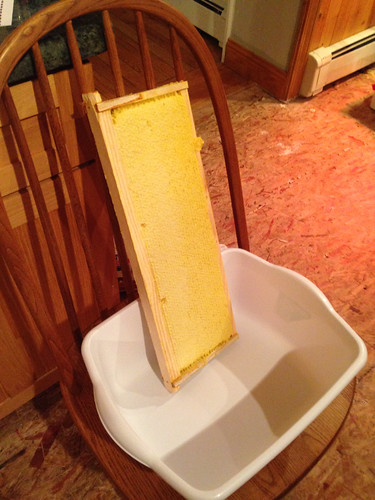

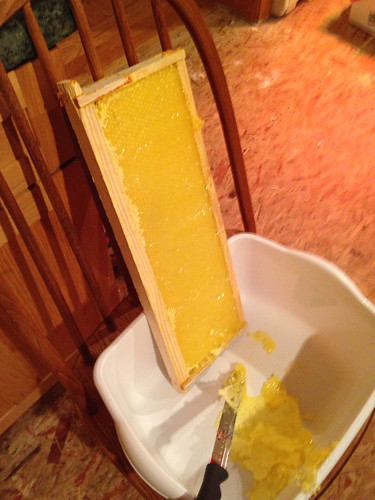
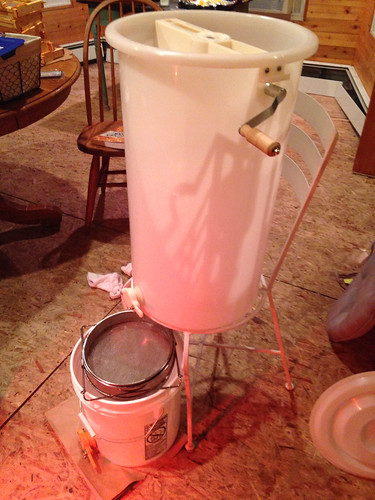
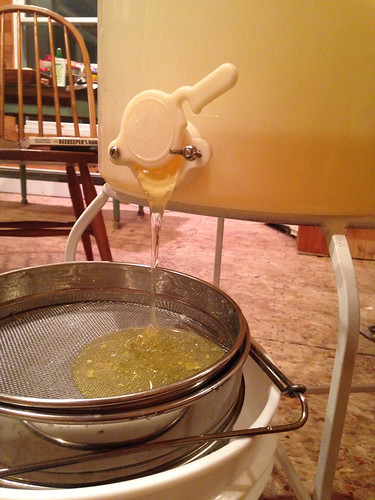

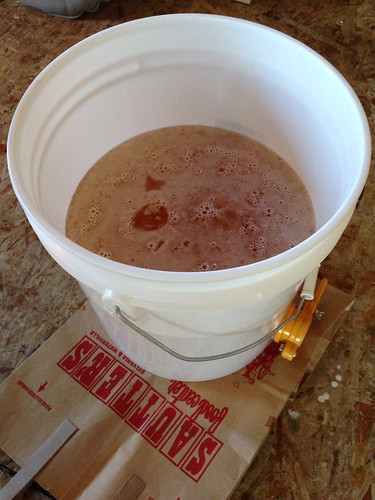
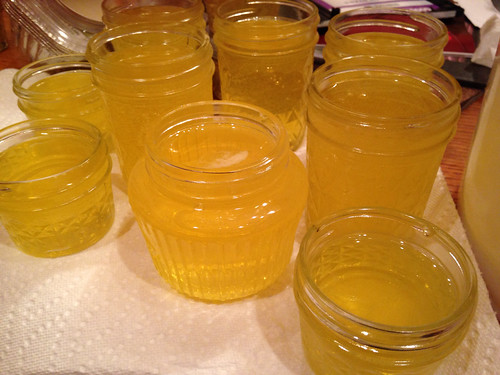
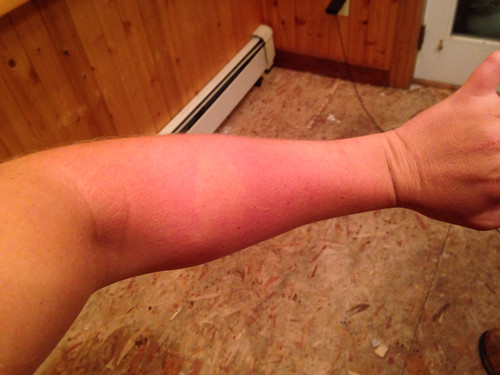

No comments:
Post a Comment